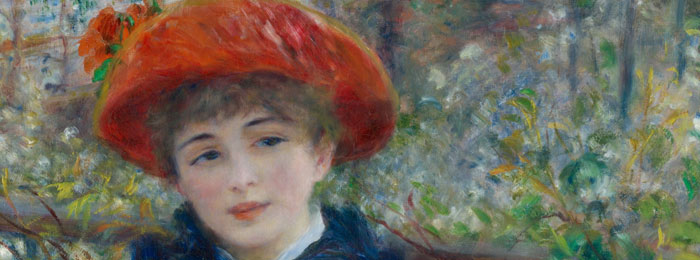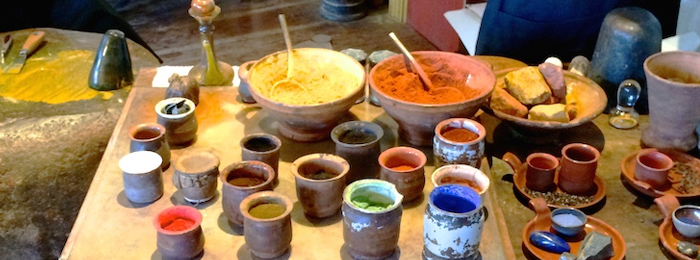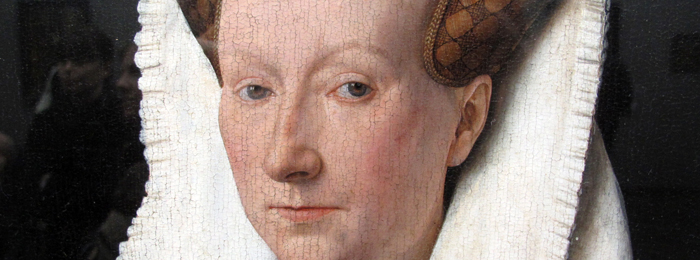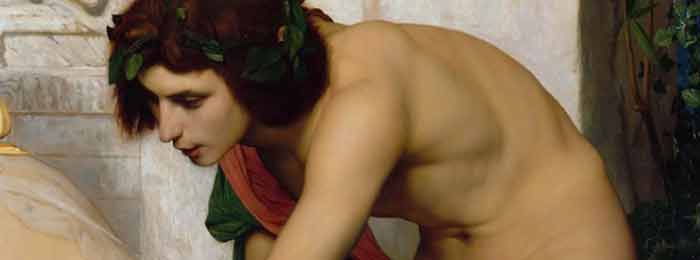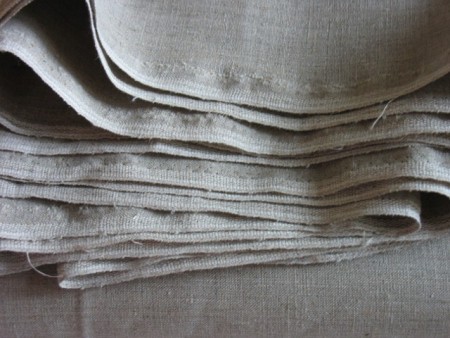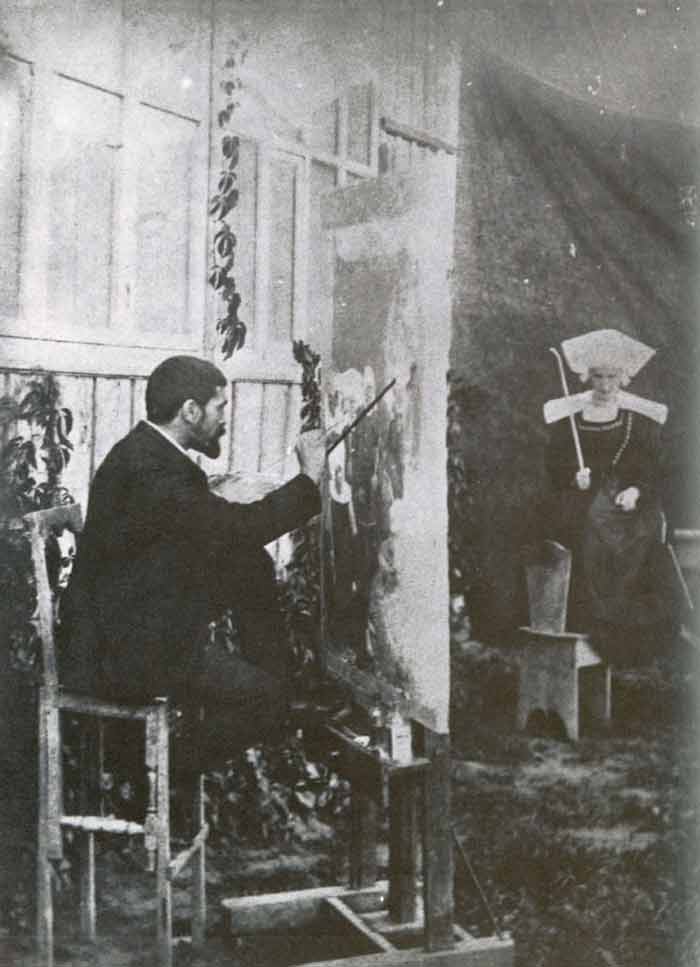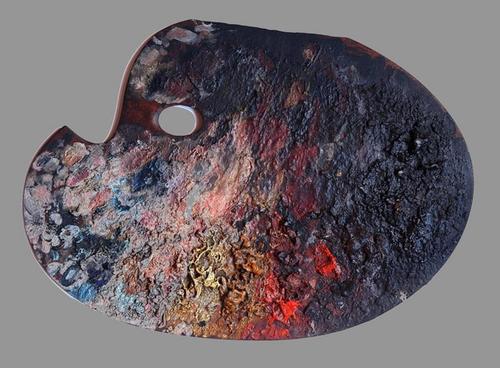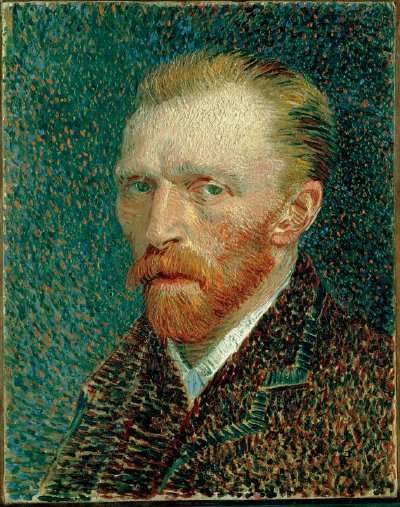On 28 Aug, 2015 With
Renoir’s Palette Pierre-Auguste Renoir was a French artist who was a leading painter in the development of the Impressionist style. As a celebrator of beauty, and especially feminine sensuality, it has been said that “Renoir is the final representative of a tradition which runs directly from Rubens to Watteau.” Renoir’s paintings are notable for their vibrant light and saturated color, most often focusing on people in intimate and candid compositions. The female nude was one of his primary subjects. In characteristic Impressionist style, Renoir suggested the details of a scene through freely brushed touches of color, so that his figures softly fuse with one another and their surroundings. One of the best known Impressionist works is Renoir’s 1876 Dance at Le…
Read More
On 24 Jul, 2015 With
The Rembrandt Palette Rembrandt created his portraits with a small palette of colours dominated by dark earth tones and golden highlights. Remember the number of pigments available to the 17th century artist were miniscule when compared to those available to the modern artist. Rembrandt was unusual in that he used around hundred, but less than 20 pigments have been detected in Vermeer’s oeuvre. Portraits by Rembrandt have a special quality- the brilliant use of light to illumine faces, jewels and rich fabrics; the effective use of a limited palette, and the rich, dark, transparent backgrounds all set off the subjects of his portraiture in a way never seen before and often imitated afterwards. It has been said that a painter has…
Read More
On 18 Jul, 2015 With
Glazing Painting Techniques So, here I’ll give you way too much information on glazing (or indirect painting). But you can pick out what you need and forget the rest. It’ll be right here if you ever change your mind. Here’s the first rule (yes, in art rules are for breaking, but you have to understand the rule before you can break it most effectively) Fat Over Lean All mediums are fat, all opaque pigments without medium are lean. You want to paint opaquely first, with little or no medium. In subsequent layers you can move to using more medium because the oil will soak through to the first layer. Also, you don’t want the under layer to dry slower than…
Read More
On 28 Jun, 2015 With
Clothed female, naked male in Art Clothed female, naked (or nude) male is a genre of erotica featuring one or more nude men and one or more clothed women. In classical antiquity, the portrayal of nude male form in art (including the exposure of genitals) was considered to be more acceptable than that of the naked female form. This can be seen in the comparative portrayal of the classical theme of Perseus and Andromeda. In a wall painting of ancient Pompeii, Perseus is nude while Andromeda is fully clothed. By the renaissance, this view had reversed. For example, in Titian’s treatment of Perseus and Andromeda in mid-1550s, however, it is Andromeda who is nude – save for the barest wisp of fabric – while Perseus is clothed in armour. Depictions of…
Read More
On 4 Nov, 2012 With
The Most Expensive Pieces of Art We all know a picture is worth a thousand words, but how much is that in actual cash? Ultimately, a painting is worth whatever someone is willing to pay for it. Still, if the piece has historical, cultural or critical importance, the value of a painting will skyrocket. Auctioneers and art valuers use several criteria to determine exactly how desirable a piece ought to be. They look at the condition of the piece and its sales history. They compare it to the value of other works sold by the same artist and to other similar works done by different artists in the genre. They then look at the subject matter and compare that with…
Read More
On 9 Aug, 2012 With
Oil painting materials: Grounds Grounds.—The color of the grounds should be of interest to you. Canvases are prepared for the market usually in three colors,—a sort of cool gray, a warm light ochrish yellow, and a cool pinkish gray. Which is best is a matter of personal liking. It would be well to consider what the effect of the ground will be on the future condition of the picture when the colors begin to effect each other, as they inevitably will sooner or later. Vibert in his “La Science de la Peinture” advocates a white ground. He says that as the color will be sure to darken somewhat with time, it is well that the ground should have as little to do…
Read More
On 1 Aug, 2012 With
How to economize on Oil Painting Tools There is a false implication in the saying that “a poor workman blames his tools.” It is not true that a good workman can do good work with bad tools. On the contrary, the good workman sees to it that he has good tools, and makes it a part of his good workmanship that they are in good condition. In painting there is nothing that will cause you more trouble than bad materials. You can get along with few materials, but you cannot get along with bad ones. That is not the place to economize. To do good work is difficult at best. Economize where it will not be a hindrance to you. Your…
Read More
On 1 Dec, 2011 With
Dagnan-Bouveret’s Palette Palette: Cremnitz white Cobalt violet Cobalt blue Ultramarine Emerald green Cadmium colors Mars yellow Venetian red 3 different shades of rose madder: light, medium and deep Burnt sienna Mars violet Ivory black Dagnan-Bouveret was one of the leading French artists of the academic school. He was born in Paris, the son of a tailor, and was raised by his grandfather after his father emigrated to Brazil. Later he added his grandfather’s name, Bouveret, to his own. From 1869, he studied at the Ecole des Beaux-Arts under Alexandre Cabanel and Jean-Léon Gérôme. In 1873, he opened his own studio with a fellow student Gustave-Claude-Etienne Courtois. From 1875, he exhibited at the Salon, where in 1880 he won the first-class medal for the painting An Accident, and…
Read More
On 28 Nov, 2011 With
Léon Bonnat’s Palette Prussian blue Cremnitz white Naples yellow Yellow ochre Light red Vermilion Alizarin crimson Burnt sienna Ivory black Bitumen (Bonnat only used this color for glazing) Bonnat’s medium: 1 part Courtai siccative and 1 part turpentine. Bonnat used this medium in the shadows only. Support: White oil ground
Read More
On 22 Nov, 2011 With
Vincent van Gogh’s Palette Yellow ocher Chrome yellow Cadmium yellow Chrome orange Vermilion Prussian blue Ultramarine Lead white Zzinc white Emerald green Red lake Red ocher Raw sienna Black
Read More


